There has been much rueful talk of the demise of east London, a development symbolised by White Cube’s closure of its once magnetic, epoch-defining gallery in Hoxton Square after 12 years. Vyner Street, at one time the nurse of edgy young talent, has degraded to an art-school flea market.
Yet some spaces are bucking the trend. Take Kinman, a project space on Curtain Road set up in January by Henry Kinman, formerly collection manager for Mario Testino. Close to the site of Curtain Road Arts (the studio complex that was a hive of YBA activity in the 1990s) his concrete-lined basement gallery has been promoting a new wave of young or youngish artists, through a sequence of group exhibitions.
The fourth of these is ‘Febreze’, showcasing eight artists mostly based London. At last week’s opening night, the air was festive – fe-breezy – with large pot plants dotted around, novelty balloons and a cardboard-box bar serving extra-sweet cocktails. It could have been an office party, albeit one with a strange variety of art scattered around. The balloons and bar were themselves an installation by Alistair Frost, a piece of well-observed naffness.
The one vague unifying thread in ‘Febreze’ is a strand of Nouveau Réalisme winding its way un-insistently through the display. The ghost of Arman hovers around Focus IV by Steve Bishop, a wall-mounted case that seems to have been packed with a crushed engine. The contents are in reality a scrunched-up photographic print.
Through this kind of double bluff, Bishop and other artists imply their affinity with the found-object sculpture of yesteryear, while stopping short of expressing an explicit debt. Silver-sprayed reliefs by Adham Faramawy suggest abstract ‘takes’ on John Miller’s gold-hued clutter. Yet their readymade appearance is feigned. Resembling giant encrustations of silver foil, they have been delicately crafted from resin and plaster.
Oliver Rafferty’s Untitled (Blue-Tack) produces the opposite effect. From a distance, its white support seems to have been fastidiously embroidered with baby-blue motifs (an homage to Spode pottery?) A second glance confirms that the birds in flight and paisley fragments are informel clods of blue tack. The sense of disillusionment is perhaps the point: beware of recherché fancies.
Painter Charlie Billingham has included two paintings set against a printed backdrop of sailing boats. Alongside is a globe-sized shrub – a ficus plant. Many of Billingham’s paintings depict characters based on antique cartoons, fluffy and misshapen figures seemingly about to unravel chaotically like a bouncing ball of yarn. In the near-abstract canvases on display, all dappled daubs and swishing blue streaks, that unravelling has happened. Spurts of lavender pigment evoke something fragrant but also slightly noxious: Febreze, indeed.
Since the days of the Elizabethan-era Curtain Theatre, this pocket of east London has harboured a theatrical and artistic milieu. Even if blue-chip galleries are falling out of love with the district, it retains much of its potential. Kinman came across the space purely by chance. ‘I’ve thought about the idea of setting up a gallery since I was at art school, but didn’t really know where to begin’, he admits. ‘After leaving my job, I began looking for a temporary space and luckily came across this large, empty basement, which hadn’t been utilised since the building was entirely redeveloped seven years ago. Originally the space was only supposed to accommodate two exhibitions, but I managed to put in a proposal and secure it on more of a long-term basis.’
The selection here is open-ended and only loosely choreographed. ‘Febreze’ comes as a breath of fresh (scented) air amid a continuing tendency for torturedly self-conscious curating. Kinman’s plan is to steer the gallery closer towards the professional model without losing this element of spontaneity: ‘I want to keep the program open and intuitive, but hope to work towards representation over the next year or so. I aim to keep a fair balance between one- or two-person shows and larger group projects such as “Febreze”. I’ll also be beginning to participate within small art fairs, beginning with NADA Miami Beach in December this year.’
‘FEBREZE’ is at Kinman, 81 Curtain Road, London, until 12 October 2013.
Unlimited access from just $16 every 3 months
Subscribe to get unlimited and exclusive access to the top art stories, interviews and exhibition reviews.

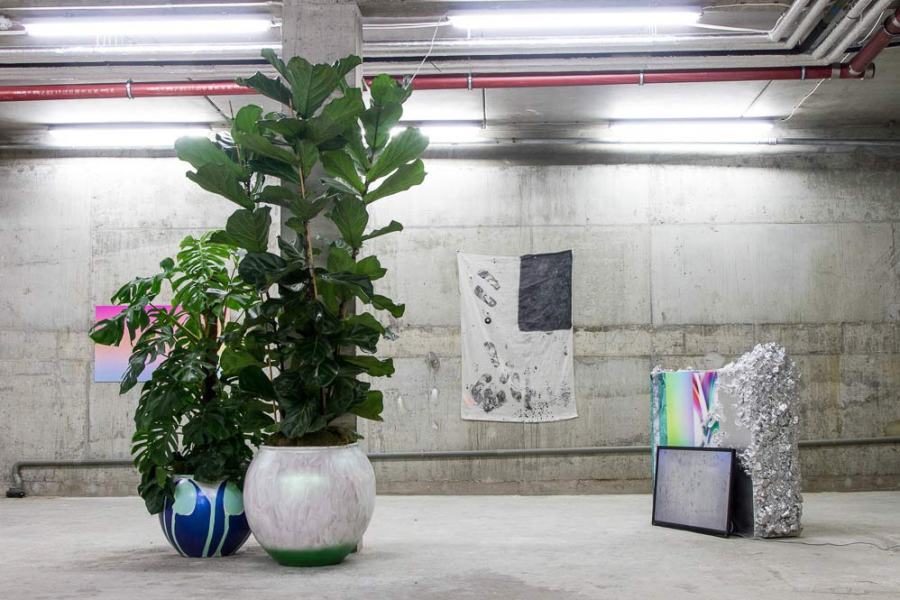
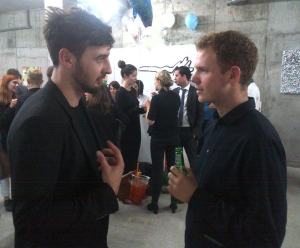
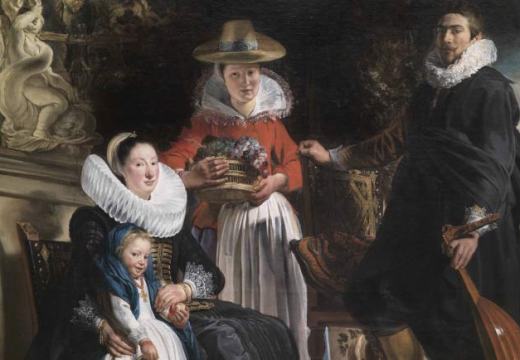
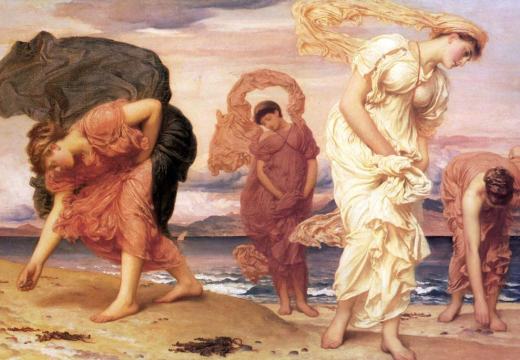
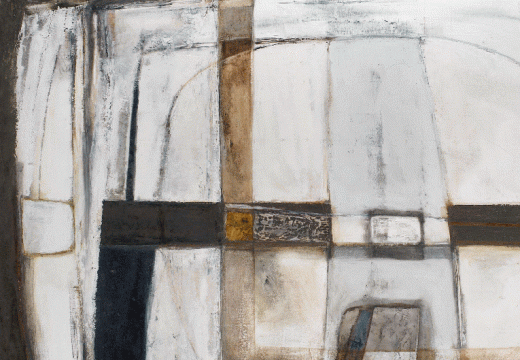









![Masterpiece [Re]discovery 2022. Photo: Ben Fisher Photography, courtesy of Masterpiece London](http://www.apollo-magazine.com/wp-content/uploads/2022/07/MPL2022_4263.jpg)
Why are fathers so absent from art history?